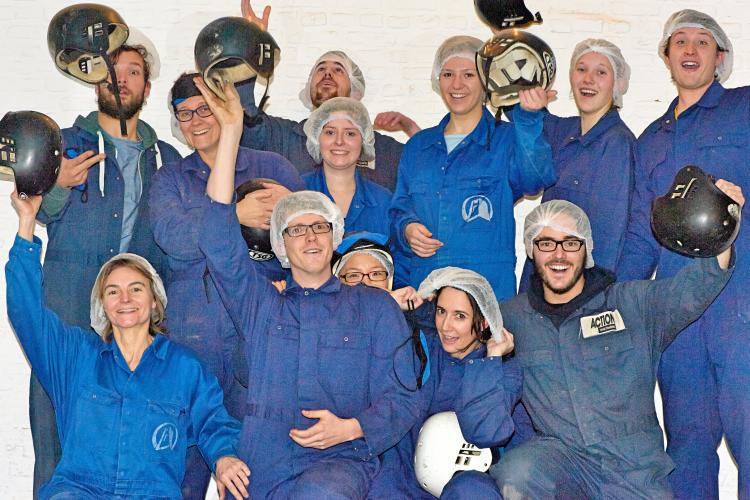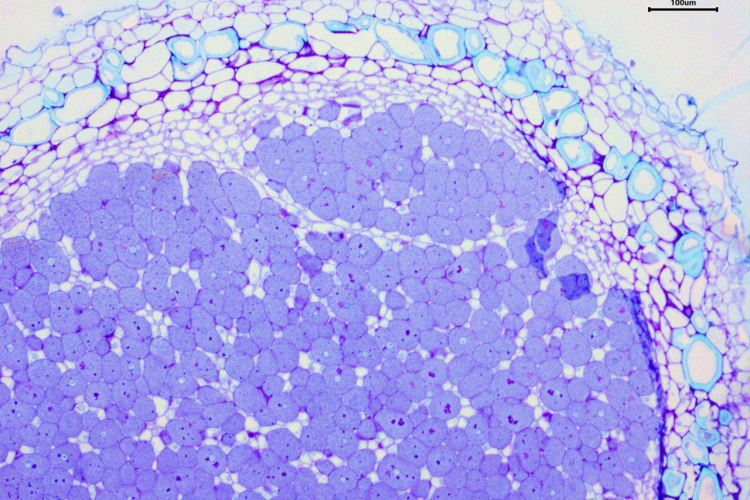Climate-adapted rhizobia bacteria
Soybean (Glycine max) is one of the most economically important legumes worldwide. However, Europe strongly depends on soybean import from South American countries where soybean cultivation leads to environmental issues. To alleviate this dependency and develop socially responsible protein products, a shift towards local soybean production is imperative.





